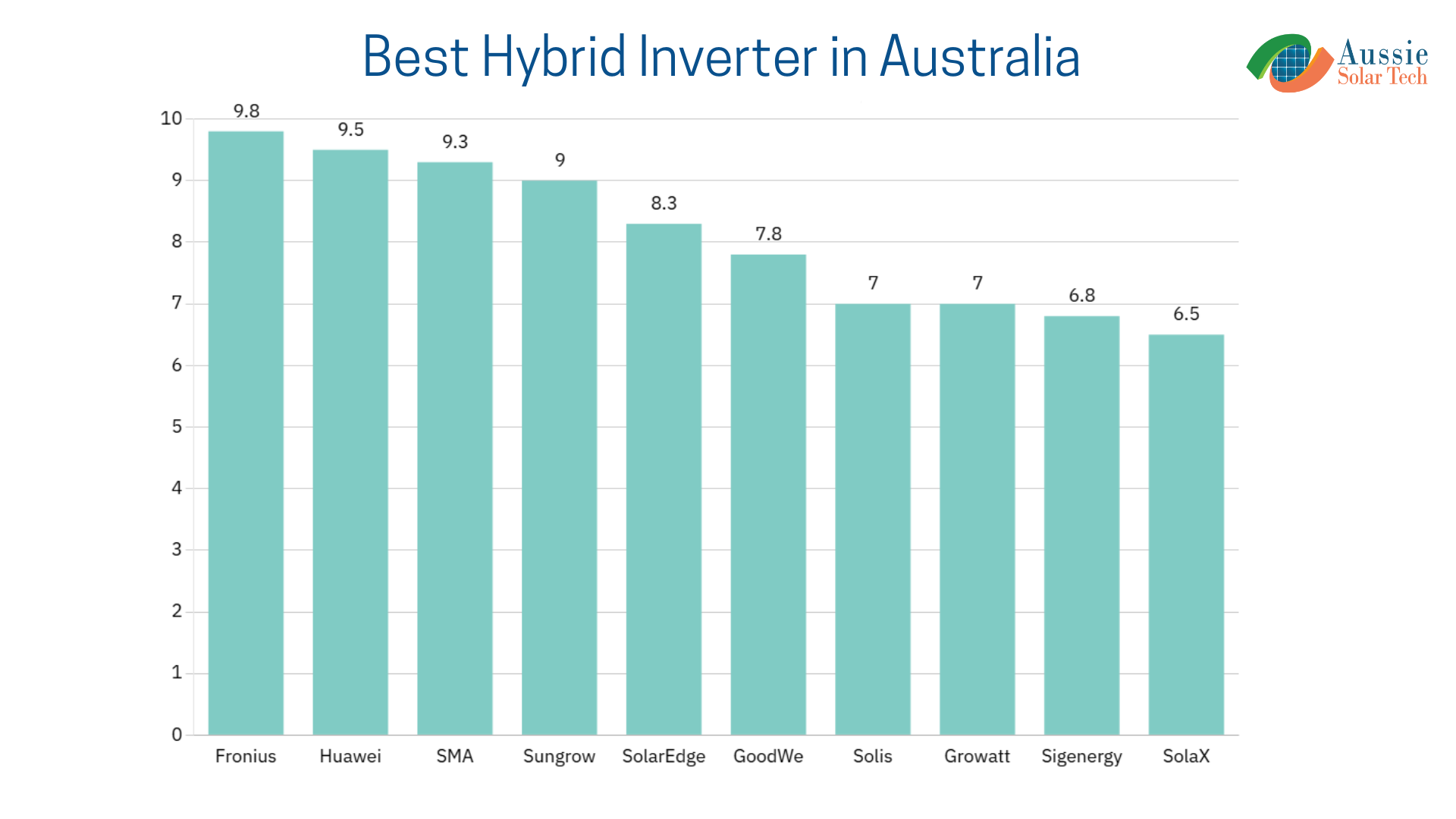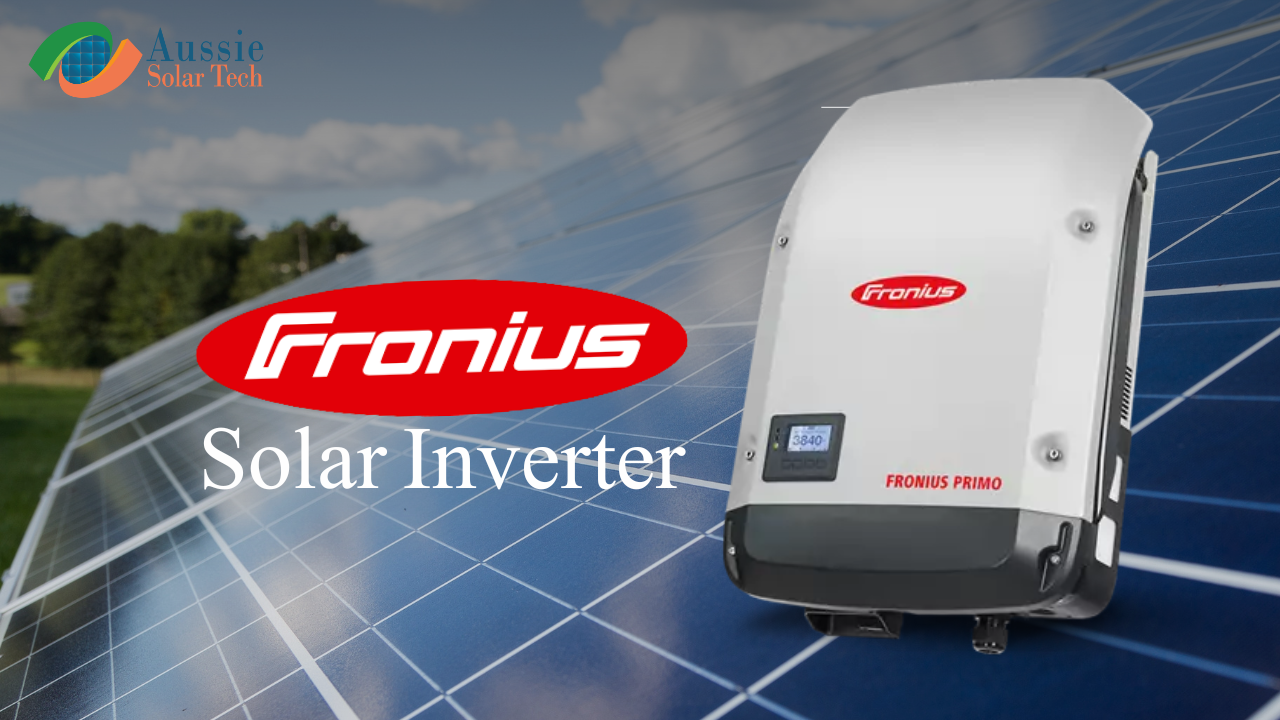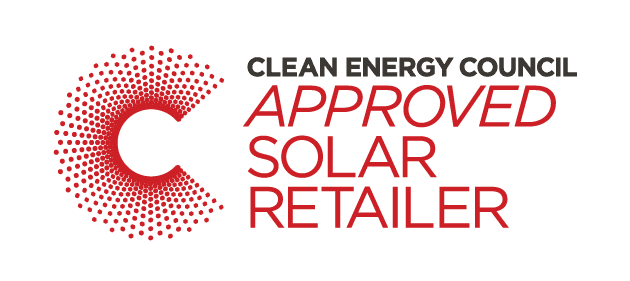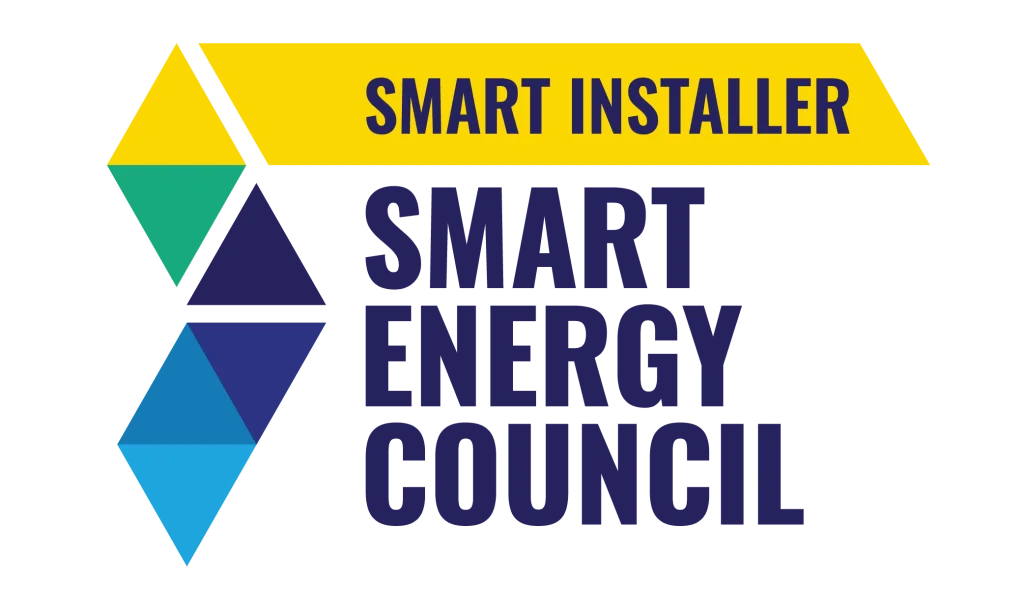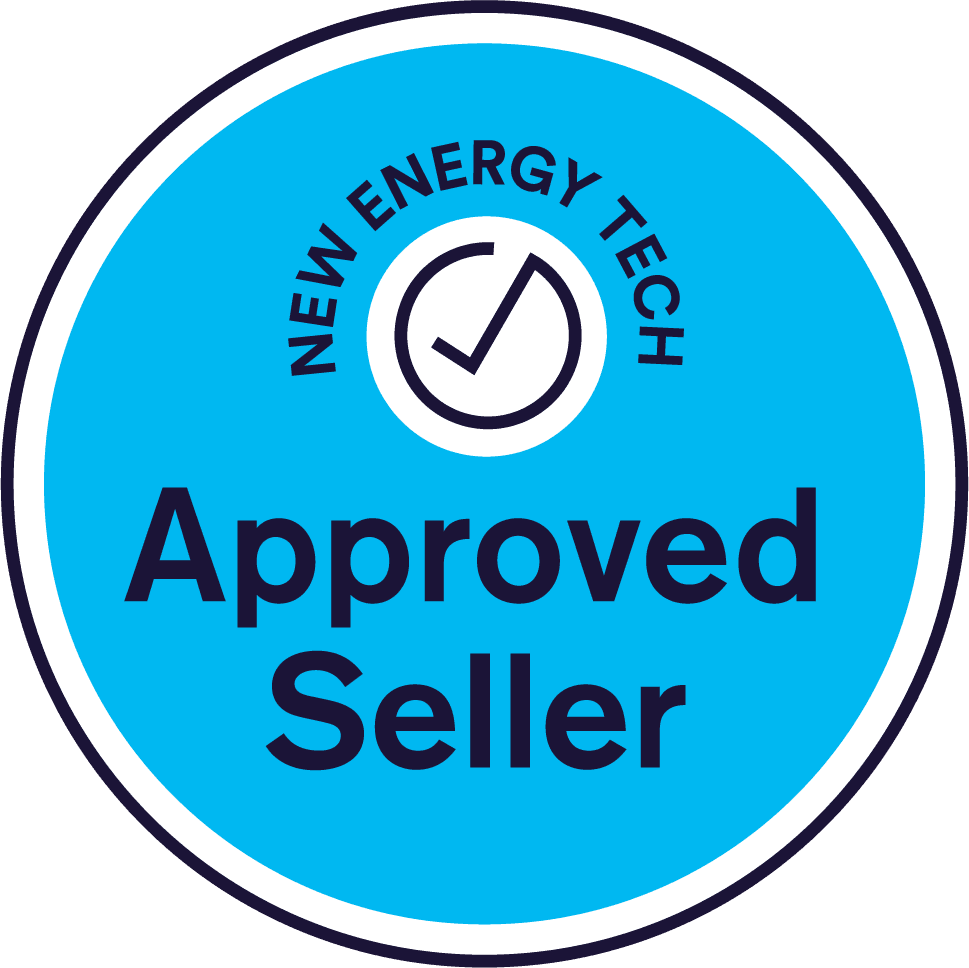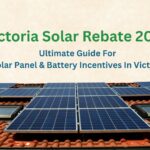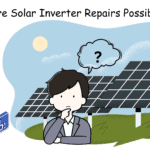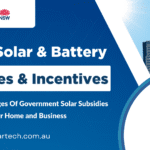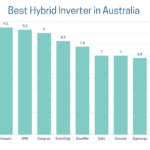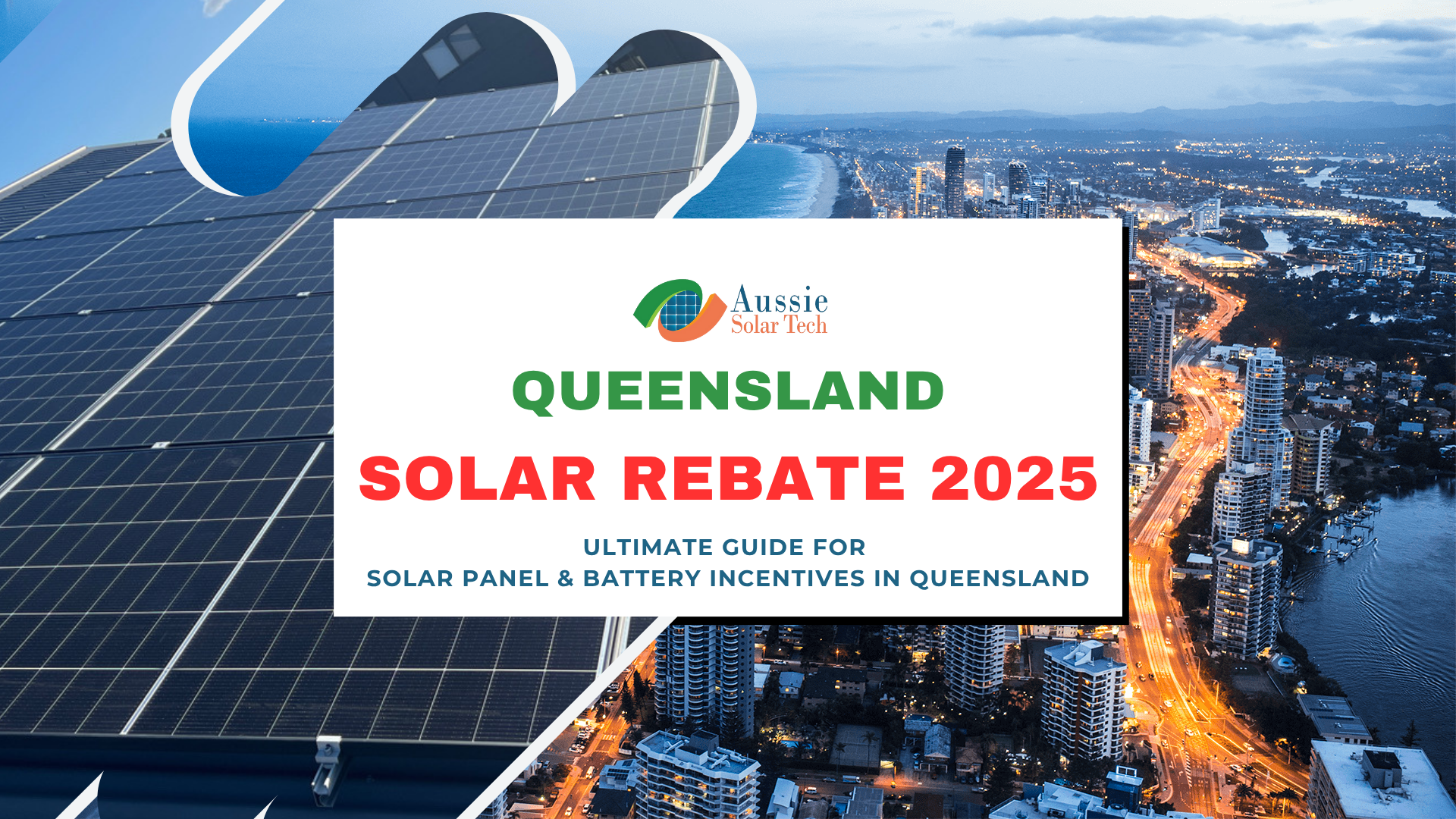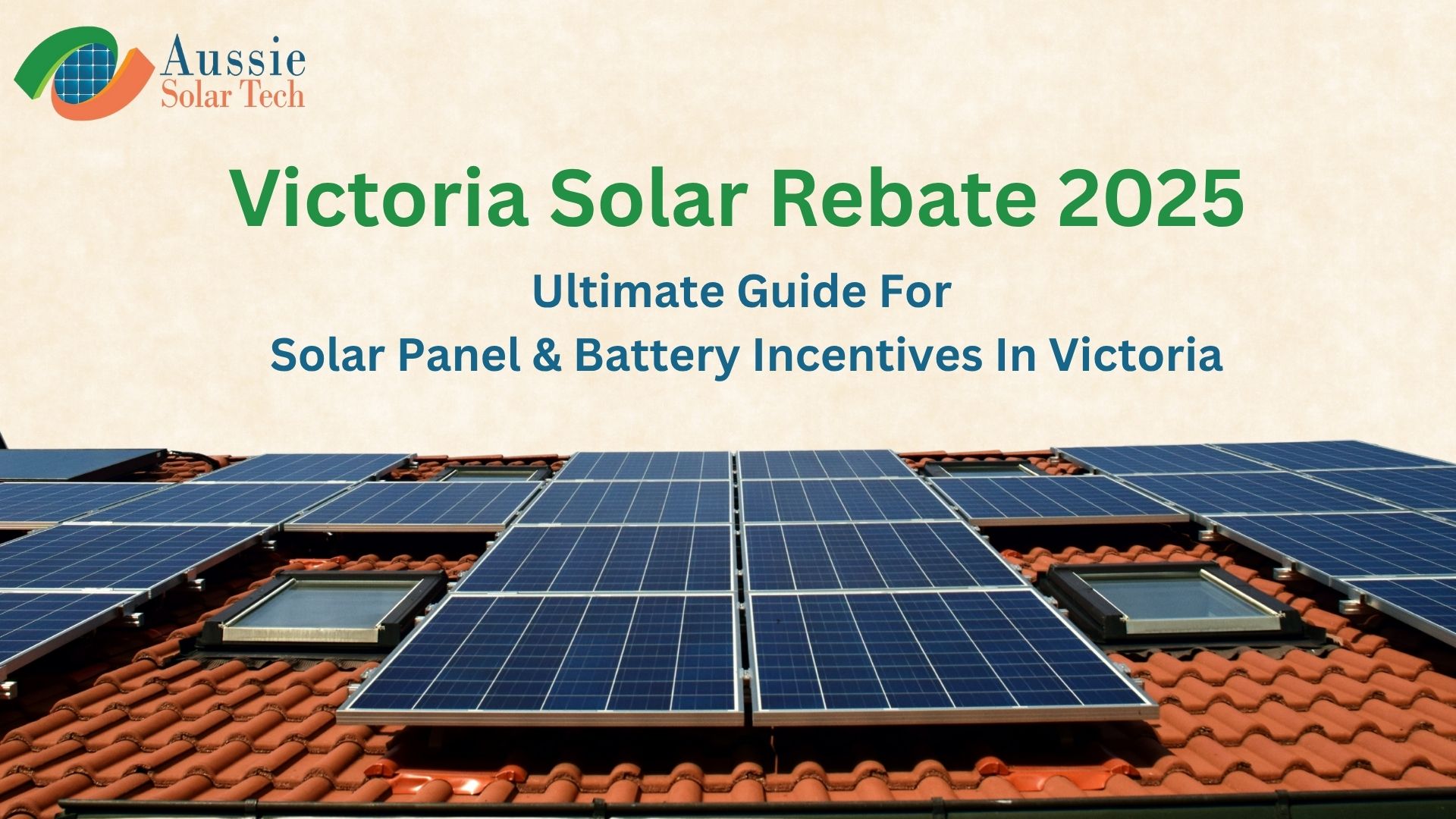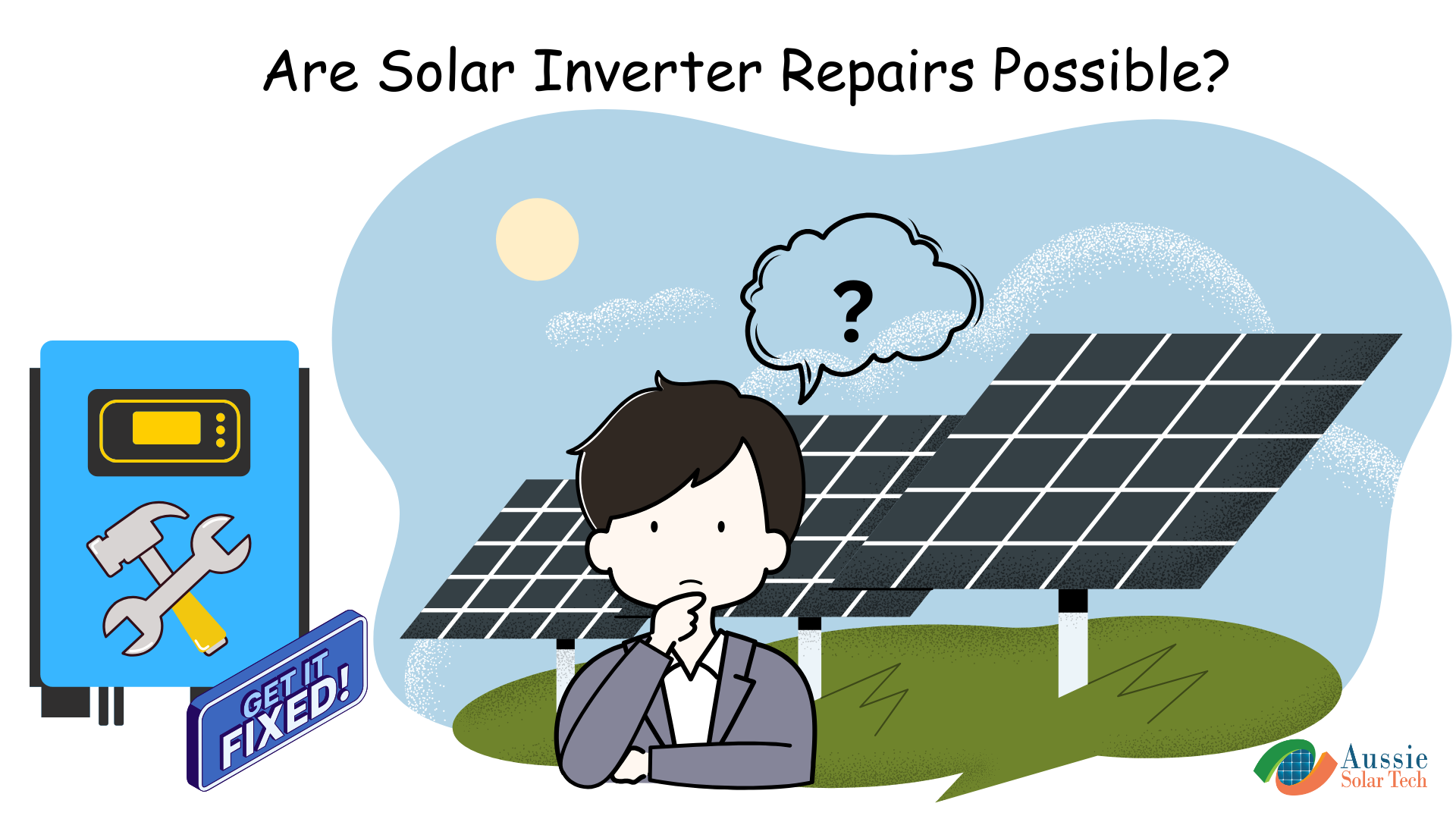Is Solar Wind Energy a Practical Alternative?

In This Article
ToggleSolar wind energy a viable alternative—this question is becoming more relevant as homeowners look for efficient energy solutions. While solar panels are widely used to harness solar energy, they face challenges when exposed to shade. Shading from trees, buildings, or other obstructions can significantly reduce their efficiency. Fortunately, advancements in technology have led to solar panels that perform better in shaded conditions. Let’s explore the best types of solar panels for shade and understand why they excel in such situations.
What Is Solar Wind Energy?
Solar wind energy is a conceptual hybrid system that combines both solar power and wind power to generate electricity. This integrated approach helps to balance out the limitations of each individual system. When sunlight is low due to shading or cloudy weather, wind turbines can continue to generate power. Conversely, during calm days with minimal wind, solar panels can take over energy production. This complementary behavior makes solar wind energy a practical and efficient solution for locations that experience inconsistent weather or partial shading.
The Impact of Shade on Solar Panels:
Shade disrupts the flow of current between solar cells, reducing energy production. Some panels, like monocrystalline and polycrystalline types, are more susceptible to shading. In contrast, thin-film panels, such as amorphous silicon panels, perform relatively better in shaded conditions due to their design.
Why Shading Affects Solar Panels But Not Wind Turbines
Solar panels rely on direct sunlight to produce electricity, so when they are shaded by trees, buildings, or other obstacles, their energy output drops significantly. On the other hand, wind turbines generate power from air movement, which is unaffected by shading. This makes wind energy a reliable backup when solar production decreases due to shade. By combining both technologies, homeowners can reduce the impact of shading and enjoy a more consistent power supply throughout the day and in various seasons.
Types of Solar Panels for Shade:
Monocrystalline: These panels are efficient in low light and perform well in shade due to their uniform design.
Polycrystalline: Cost-effective and good in shade, thanks to their lower temperature coefficient.
Thin-Film: Flexible and suitable for curved surfaces, but less efficient in shade.

Monocrystalline Solar Panels:
Monocrystalline panels are efficient, even in shade. They maintain high efficiency and durability, making them a reliable choice for shaded areas.
Polycrystalline Solar Panels:
Polycrystalline panels are cost-effective, offer good shade tolerance, and are durable, making them suitable for shaded areas.
Thin-Film Solar Panels:
Thin-film panels are flexible, perform well in shade, and are lightweight and durable. They’re a good choice for challenging installation scenarios.

Solar Panel Technologies for Shaded Areas:
Innovations like bypass diodes, micro-inverters, and designs capturing indirect and reflected light have improved panel performance in shaded areas.
Benefits of a Solar-Wind Hybrid System in Shaded Areas
A hybrid system that uses both solar and wind technologies offers several advantages in partially shaded areas:
Improved Reliability: When one source underperforms, the other can compensate.
Energy Balance: Solar works best during the day, while wind often peaks at night.
Better for Off-Grid Systems: Hybrid systems are ideal for remote or shaded locations where grid access is limited.
Environmental Sustainability: Using two renewable sources reduces dependency on fossil fuels and lowers carbon emissions.
Types of Hybrid Systems Available
Hybrid systems come in various configurations. Some use separate solar panels and wind turbines connected to a shared inverter and battery storage, while others are all-in-one units designed for compact residential use. These systems often include smart controllers that switch between sources depending on which is generating more power, ensuring maximum efficiency. Modern hybrid inverters also help balance loads and reduce energy waste, especially in shaded or inconsistent environments
Strategies for Maximizing Efficiency in Shade:
Choose the right panel type, optimize orientation and tilt, consider tree trimming, and use microinverters or power optimizers to maximize solar panel efficiency in shaded areas.
Is Solar Wind Energy Cost-Effective?
While hybrid solar-wind systems can be more expensive upfront compared to solar-only setups, they often provide better long-term value in shaded areas. Since they generate power more consistently, users may need smaller battery banks and face fewer outages. Moreover, the reduced reliance on the grid can result in lower utility bills over time. Government incentives and rebates for renewable hybrid systems can also offset installation costs.
Conclusion
Selecting the best solar panel for shaded areas depends on your location and specific needs. High-efficiency panels like monocrystalline or bifacial options, along with proper installation strategies, can help you maximize solar energy benefits, even in shaded conditions.

Shah Tarek is a Solar Energy Consultant with 10 years experience in solar system design and solar consultancy field at Australia. He is now a Director, Operation & Consultancy Division at Aussie Solar Tech, a leading Australian solar retailer and installer. Here he is writing informative and engaging solar content that educates the community on the benefits of solar power. His work supports Aussie Solar Tech’s mission to promote sustainable energy solutions and foster a greener future for Australia.
Recent Posts

